Home>Garden Essentials>How To Set Up A Toddler Play Area
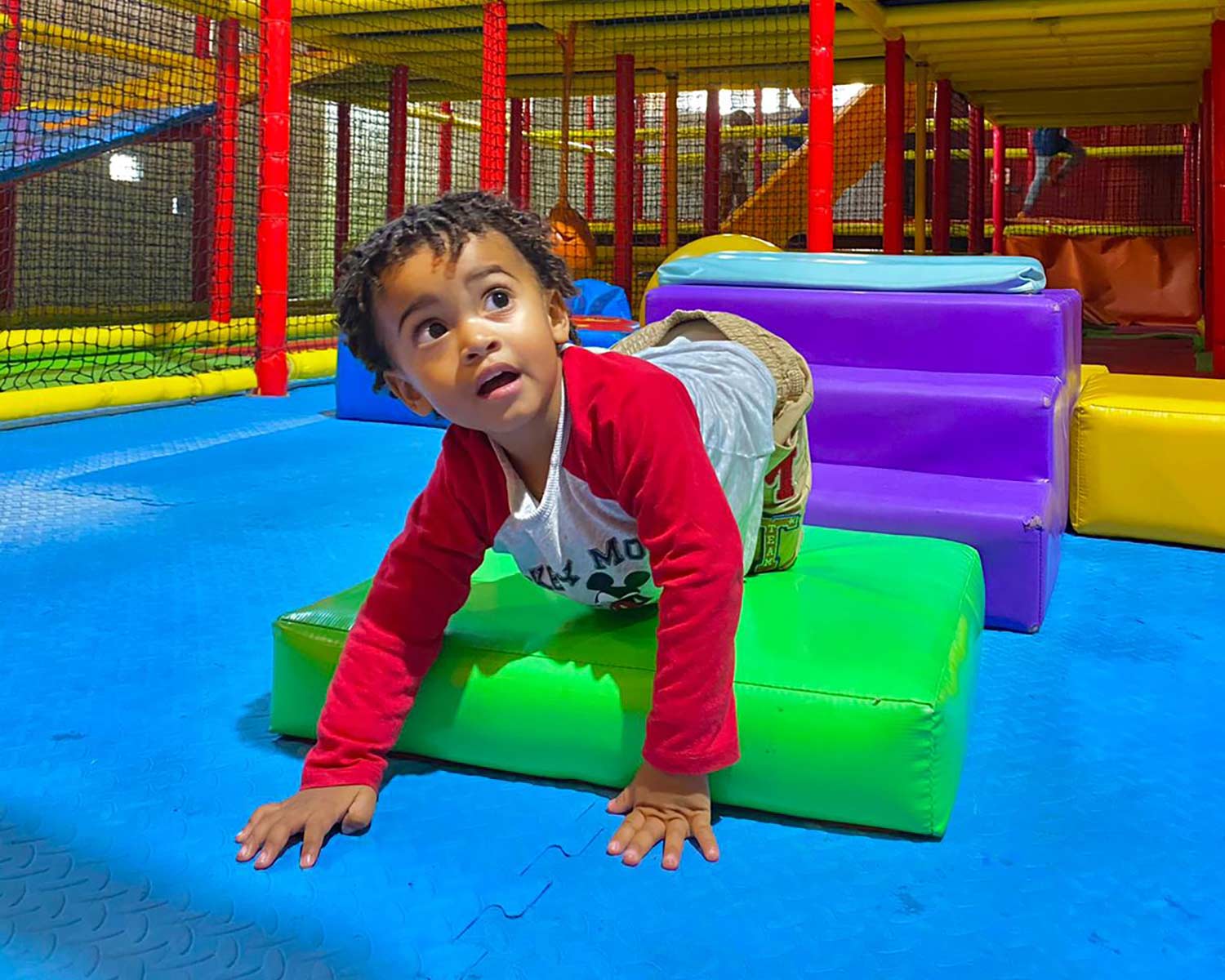

Garden Essentials
How To Set Up A Toddler Play Area
Modified: March 7, 2024
Create a safe and stimulating garden play area for your toddler with our step-by-step guide. Find out how to set up a toddler play area that enhances their development and keeps them entertained.
(Many of the links in this article redirect to a specific reviewed product. Your purchase of these products through affiliate links helps to generate commission for Storables.com, at no extra cost. Learn more)
Introduction
Creating a designated play area for your toddler is not only a great way to entertain them, but also to encourage their development and creativity. A well-designed toddler play area provides a safe and engaging environment where little ones can explore, learn, and have fun.
Setting up a toddler play area may seem overwhelming at first, but with the right planning and considerations, you can create a space that both you and your child will love. In this article, we will guide you through the process of setting up a toddler play area, from selecting the right location to organizing storage for toys and supplies. Let’s dive in!
Key Takeaways:
- Create a safe and engaging toddler play area by choosing the right location, age-appropriate toys, and organizing storage. Personalize the space with colorful décor and ensure regular maintenance for a fun and nurturing environment.
- Prioritize safety, cleanliness, and creativity when setting up a toddler play area. Choose soft, easy-to-clean flooring, organize toys, and create different activity zones. Regular maintenance and safety measures are essential for a secure and enjoyable play space.
Read more: How To Organize A Play Area For Toddlers
Step 1: Selecting the Right Location
The first step in setting up a toddler play area is to choose the right location in your home. Ideally, you want a space that is easily accessible and visible to you, so you can keep an eye on your little one while they play. Consider the following factors when selecting the location:
- Safety: Prioritize safety when choosing the location. Ensure that the area is free from hazards such as sharp corners, electrical outlets, or loose cords. Keep it away from stairs or any other areas where your toddler could potentially fall.
- Proximity to the main living areas: It’s beneficial to have the play area located near the main living areas of your home, such as the living room or kitchen. This allows you to easily keep an eye on your child while attending to other tasks.
- Natural light: If possible, choose a location with ample natural light. Natural light has numerous benefits for children’s development, including boosting their mood and providing necessary Vitamin D.
- Privacy: Consider the level of privacy you want for the play area. If you prefer a more open concept, you can choose a location that is visible from multiple areas. On the other hand, if you prefer a dedicated space, consider using dividers or curtains to create a sense of privacy.
- Noise level: Take into account the noise level in the chosen location. Avoid areas that are adjacent to loud appliances or areas with frequent foot traffic to ensure a quieter play environment.
Once you have considered these factors, you can confidently choose the best location for your toddler’s play area. Remember, the goal is to create a space that is safe, comfortable, and convenient for both you and your child.
Step 2: Choosing Appropriate Flooring
The choice of flooring for your toddler’s play area is crucial as it directly impacts their safety, comfort, and overall experience. Consider the following factors when selecting the flooring:
- Safety: Choose a flooring material that offers sufficient cushioning to protect your child from impact. Soft surfaces like foam mats, rubber tiles, or carpeting are excellent options. These materials provide a cushioned surface that absorbs shock and minimizes the risk of injuries from falls.
- Easy to clean: Toddlers can be messy, so it’s important to choose flooring that is easy to clean. Opt for materials that are stain-resistant and can be easily wiped or mopped. This will make your life much easier when it comes to maintaining a clean and hygienic play area.
- Non-slip: Safety should always be a priority, so ensure that the flooring material you choose is non-slip. This is especially important if your toddler is just starting to walk or has a tendency to run around. Look for flooring with a textured surface or a non-slip backing to prevent accidents and ensure stability.
- Durable: Toddlers can be quite active and energetic, so choose a flooring material that is durable and can withstand their playtime antics. Consider materials like vinyl or rubber that are resistant to wear and tear, and can handle the occasional spills and rough play sessions.
- Design and aesthetics: While functionality and safety are paramount, don’t forget to consider the aesthetics of the flooring as well. Choose a flooring material that complements the overall design of the play area and adds a touch of visual appeal.
By considering these factors, you can select the perfect flooring option for your toddler’s play area. Remember, the flooring should provide a safe, comfortable, and visually appealing environment where your child can freely explore and play.
Step 3: Determining the Play Area Size
Once you have selected the location and flooring for your toddler’s play area, it’s time to determine the appropriate size of the play area. The size of the play area will depend on several factors, including the available space in your home and the age and mobility of your child. Consider the following guidelines when determining the play area size:
- Available space: Assess the available space in your home and determine how much of it you can allocate to the play area. Measure the dimensions of the area and keep in mind any furniture or fixtures that may be present. It’s important to have enough space for your child to move around freely and engage in various activities.
- Age and mobility: Take into account the age and mobility of your child. For younger toddlers who are still crawling or beginning to walk, a smaller play area may be suitable. As they grow and become more mobile, you may need to expand the play area to accommodate their increased activity and exploration.
- Activity zones: Consider the different activity zones you want to incorporate within the play area. These can include areas for active play, quiet play, reading, and creative activities. Each zone should have enough space to accommodate the specific activities that will take place.
- Growth potential: Keep in mind that your child will continue to grow and require more space for play. It’s a good idea to plan for future growth and allocate enough space to accommodate their changing needs and interests.
- Safety considerations: Ensure that the play area is not overcrowded, as this can increase the risk of accidents. Leave enough space between toys and equipment to prevent trips and falls.
By considering these factors and guidelines, you can determine the appropriate size for your toddler’s play area. Remember, it’s important to strike a balance between having enough space for play and ensuring that the area is safe and conducive to your child’s development and enjoyment.
Step 4: Selecting Age-Appropriate Toys and Equipment
Choosing age-appropriate toys and equipment is crucial to ensure that your toddler’s playtime is both engaging and safe. Consider the following factors when selecting toys and equipment for their play area:
- Developmental stage: Take into account your child’s current developmental stage. Choose toys that align with their cognitive, motor, and sensory skills. For example, for younger toddlers, select toys that stimulate their senses, such as textured toys or toys with bright colors and sounds. For older toddlers, opt for toys that encourage problem-solving, imaginative play, and fine motor skills.
- Safety: Always prioritize safety when selecting toys and equipment. Ensure that they are free from small parts that could pose a choking hazard. Look for toys with rounded edges and non-toxic materials. Check for any recommended age ranges or safety certifications on the packaging.
- Durability: Toddlers can be rough with their toys, so choose items that are sturdy and durable. Look for toys made from high-quality materials that can withstand rough play and frequent use.
- Versatility: Select toys and equipment that offer versatility and encourage open-ended play. Toys that can be used in multiple ways or have different components will engage your child’s imagination and creativity. Examples include building blocks, play kitchens, or art supplies.
- Storage: Consider the storage requirements for the toys and equipment. Choose items that are easy to organize and store to maintain a tidy play area. Invest in shelves, bins, or toy organizers to keep everything in its place.
- Budget: Keep your budget in mind when selecting toys and equipment. You don’t need to break the bank to provide engaging play experiences for your toddler. Look for affordable options that still offer educational and developmental benefits.
By considering these factors, you can select age-appropriate toys and equipment that will keep your toddler entertained, stimulated, and safe. Remember, the goal is to provide a variety of engaging activities that promote their development and foster their interests and curiosity.
Step 5: Organizing Storage for Toys and Supplies
Keeping your toddler’s play area organized is key to creating a functional and visually pleasing space. Here are some tips for organizing storage for toys and supplies:
- Invest in storage solutions: Purchase storage bins, shelves, or containers specifically designed for organizing toys and supplies. Consider options that are easily accessible to your child, allowing them to participate in the clean-up process.
- Categorize toys: Sort toys into categories or groups based on type, function, or theme. For example, you can have separate bins for stuffed animals, building blocks, and art supplies. This makes it easier to find specific toys and encourages your child to engage in different types of play.
- Label containers: Labeling containers helps both you and your child identify where each toy belongs. Use pictures or simple words to make it easier for your toddler to understand. This promotes independence and teaches them the importance of organization.
- Rotate toys: To keep things fresh and engaging, consider implementing a toy rotation system. Store some toys out of sight and rotate them every few weeks. This keeps the play area from becoming cluttered and allows your child to rediscover toys they haven’t played with in a while.
- Create designated spaces: Designate specific areas within the play area for different types of toys or activities. For example, have a reading corner with a bookshelf and cushions, a craft station with art supplies, and an active play zone with toys that require more physical movement. This helps your child easily identify where items belong and fosters a sense of order.
- Encourage clean-up routines: Teach your toddler the importance of cleaning up after playtime. Make it a fun and interactive activity by turning it into a game or using catchy clean-up songs. Establishing a consistent clean-up routine not only keeps the play area tidy, but also teaches your child responsibility and organization skills.
By implementing these storage organization tips, you can create a clean and functional play area where toys and supplies are easily accessible and well-maintained. An organized space not only promotes a sense of calm but also encourages your child’s independence and fosters their ability to take care of their belongings.
When setting up a toddler play area, make sure to include a variety of toys and activities that promote physical, cognitive, and sensory development. Rotate toys regularly to keep the play area engaging and stimulating for your toddler.
Step 6: Creating Different Activity Zones
Creating different activity zones within your toddler’s play area can enhance their playtime experience and promote skill development in various areas. Here are some ideas for creating different activity zones:
- Active play zone: Set up a designated area for active play, where your toddler can engage in physical activities such as crawling tunnels, climbing structures, or a mini trampoline. Include toys that encourage movement, coordination, and gross motor skill development.
- Quiet play zone: Create a cozy corner for quieter activities like reading, puzzles, or imaginative play. Furnish the area with comfortable cushions, a small table and chairs, and a bookshelf filled with age-appropriate books. This space allows your child to relax, focus, and explore their imagination.
- Art and creativity zone: Dedicate an area for artistic expression and creativity. Include a child-sized table or easel, art supplies like crayons, markers, paints, and paper. Display your child’s artwork proudly to encourage their artistic growth and boost their self-esteem.
- Music and sensory zone: Set up a corner for musical play and sensory exploration. Include simple musical instruments like drums or xylophones, as well as sensory toys like textured play mats or sensory bins filled with various tactile materials. This zone stimulates your child’s senses and encourages their exploratory nature.
- Pretend play zone: Create a space for imaginative play and role-playing. Set up a play kitchen, a dollhouse, or a dress-up station with costumes and props. This zone allows your child to engage in pretend play, which promotes social skills, creativity, and problem-solving abilities.
- Learning and cognitive zone: Designate an area for educational activities and cognitive development. Include puzzles, building blocks, educational games, and age-appropriate learning tools. This zone promotes problem-solving, critical thinking, and early academic skills.
By creating different activity zones, you provide your child with a variety of play experiences that cater to their diverse needs and interests. Remember to consider the available space and ensure that each zone is appropriately equipped with toys and materials that foster their development.
Step 7: Ensuring Safety Measures are in Place
Safety is of utmost importance when it comes to your toddler’s play area. Here are some key safety measures to consider and implement:
- Childproofing: Childproof the play area by securing furniture to the wall, covering electrical outlets, and using safety gates to block off areas that are off-limits. Remove any small objects or choking hazards from reach and ensure that there are no loose cords or strings that could pose a risk.
- Soft surfaces: Ensure that the flooring in the play area provides a soft and cushioned surface. Use foam mats, rugs, or carpeting to minimize the impact of falls and reduce the risk of injuries.
- Supervision: Always supervise your child when they are playing in the designated play area. Keep an eye on them to prevent accidents and address any potential hazards or situations that may arise.
- Age-appropriate toys: Ensure that the toys and equipment in the play area are suitable for your child’s age and development. Avoid small parts and toys with sharp edges that may pose a choking or injury hazard.
- Anchor furniture: Anchor any tall or unstable furniture, such as bookshelves or play equipment, to prevent tipping and potential injuries. Use wall anchors or furniture straps to secure these items safely.
- Cleanliness: Regularly clean and sanitize the play area to maintain a hygienic environment. Pay extra attention to toys and surfaces that come into direct contact with your child. Use non-toxic cleaning products that are safe for children.
- Fire safety: Ensure that the play area is set up away from fire hazards, such as fireplaces, heaters, or flammable materials. Install smoke detectors and have a fire extinguisher readily available nearby.
- First aid kit: Keep a well-stocked first aid kit in close proximity to the play area. Include essentials such as bandages, antiseptic ointment, and any necessary medications. Familiarize yourself with basic first aid procedures and keep emergency numbers handy.
By implementing these safety measures, you can create a secure and protected environment for your toddler to play and explore. Regularly assess the play area for any potential hazards or risks and make necessary adjustments to ensure their safety at all times.
Step 8: Decorating and Personalizing the Play Area
Decorating and personalizing your toddler’s play area can enhance their overall experience and create a space that reflects their personality and interests. Here are some tips to consider when decorating and personalizing the play area:
- Color scheme: Choose a color scheme that is visually appealing and stimulating for your child. Bright and cheerful colors like yellow, blue, and green can create an inviting atmosphere. Consider using removable wall decals or murals to add a touch of fun and whimsy.
- Themed décor: Incorporate a theme or specific motif that your child loves. Popular themes might include animals, space, princesses, superheroes, or nature. Use themed bedding, curtains, and wall art to bring the theme to life.
- Comfortable seating: Provide comfortable seating options for both you and your child. A cozy chair or bean bag for you to relax while supervising, and soft cushions or small chairs for your child to sit on during playtime.
- Display artwork: Proudly display your child’s artwork and crafts in the play area. Use an art display wall or a string with clothespins to showcase their creations. This not only adds a personal touch, but also boosts their self-esteem and creativity.
- Organizational elements: Use decorative storage bins, shelves, or cubbies that align with the overall theme of the play area. This helps keep the space tidy while adding to its visual appeal.
- Personal touches: Add personal touches such as framed photos, prints, or personalized name signs. These personalized elements make the space feel special and unique to your child.
- Lounge area: Create a comfortable lounge area where you and your child can relax together. Place a soft rug or a few floor pillows where you can read books or engage in quiet activities.
- Interactive elements: Incorporate interactive elements like a chalkboard or whiteboard where your child can draw and write, or a sensory wall with different textures, mirrors, or panels to stimulate their senses and encourage exploration.
By decorating and personalizing the play area, you create a space that your child will love and feel a sense of ownership over. It not only adds visual appeal but also creates a positive and engaging environment that fosters their imagination, creativity, and self-expression.
Read more: How To Set Up Play Area With Vive
Step 9: Regular Maintenance and Cleaning Tips
Maintaining a clean and well-maintained play area is essential for the safety and enjoyment of your toddler. Here are some tips to help you with regular maintenance and cleaning:
- Regular cleaning routine: Establish a regular cleaning routine to keep the play area tidy. Set aside time each week to thoroughly clean and sanitize the space.
- Toy rotation and storage: Implement a toy rotation system to prevent the play area from becoming cluttered. Store toys not in use in labeled bins or containers and rotate them periodically.
- Surface cleaning: Wipe down surfaces, such as furniture, shelves, and play equipment, regularly to remove dust, dirt, and germs. Use child-safe cleaning products to ensure a safe and hygienic environment.
- Washing soft toys and fabrics: Launder soft toys, cushions, and fabric materials regularly according to the manufacturer’s instructions. This helps keep them clean and fresh.
- Disinfecting toys: Use a mild disinfectant solution or sanitizing wipes to clean and disinfect toys, especially those that your child frequently puts in their mouth.
- Floor maintenance: Vacuum or sweep the flooring regularly to remove dirt, crumbs, and debris. Spot clean spills or stains immediately to prevent them from setting in.
- Inspecting toys and equipment: Regularly inspect toys and equipment for wear and tear, loose parts, or any potential hazards. Repair or replace any damaged or broken items promptly.
- Air circulation: Maintain proper air circulation in the play area by opening windows or using fans. This helps minimize dust and odors, creating a fresh and comfortable environment.
- Teaching cleanliness: Teach your child the importance of cleanliness and involve them in the cleaning process. Encourage them to pick up toys, wipe surfaces, and contribute to maintaining the play area’s cleanliness.
- Seasonal maintenance: Consider seasonal maintenance tasks such as deep cleaning carpets or rugs, polishing wooden surfaces, or inspecting outdoor play equipment for any needed repairs.
By following these regular maintenance and cleaning tips, you can ensure that your toddler’s play area remains a safe, hygienic, and enjoyable space for them to learn and explore. Regular upkeep not only preserves the longevity of toys and equipment but also enhances the overall experience for your child.
Conclusion
Setting up a toddler play area is an exciting and rewarding endeavor that creates a safe and engaging space for your little one. By following the steps outlined in this guide, you can create a play area that promotes their development, creativity, and exploration.
Start by selecting the right location in your home, considering factors such as safety, accessibility, and natural light. Choose appropriate flooring that provides cushioning and is easy to clean. Determine the play area size based on available space and your child’s age and mobility.
Select age-appropriate toys and equipment that stimulate their senses, encourage growth, and ensure their safety. Organize storage for toys and supplies, categorize items, and encourage clean-up routines to maintain an organized play area.
Create different activity zones within the play area to cater to your child’s various interests and promote different skills. Ensure safety measures are in place, such as childproofing, supervision, and appropriate flooring.
Personalize and decorate the play area with a theme or personalized touches, making it a special space for your child. Lastly, establish a regular maintenance routine, including cleaning, toy rotation, and inspection, to keep the play area clean, safe, and enjoyable.
Remember, the goal of a toddler play area is to provide a nurturing environment for your child’s growth and development. It’s a place where they can learn, explore, and have fun while feeling secure and loved. So, let your creativity run wild and create a play area that will inspire your child’s imagination and create precious memories.
Frequently Asked Questions about How To Set Up A Toddler Play Area
Was this page helpful?
At Storables.com, we guarantee accurate and reliable information. Our content, validated by Expert Board Contributors, is crafted following stringent Editorial Policies. We're committed to providing you with well-researched, expert-backed insights for all your informational needs.
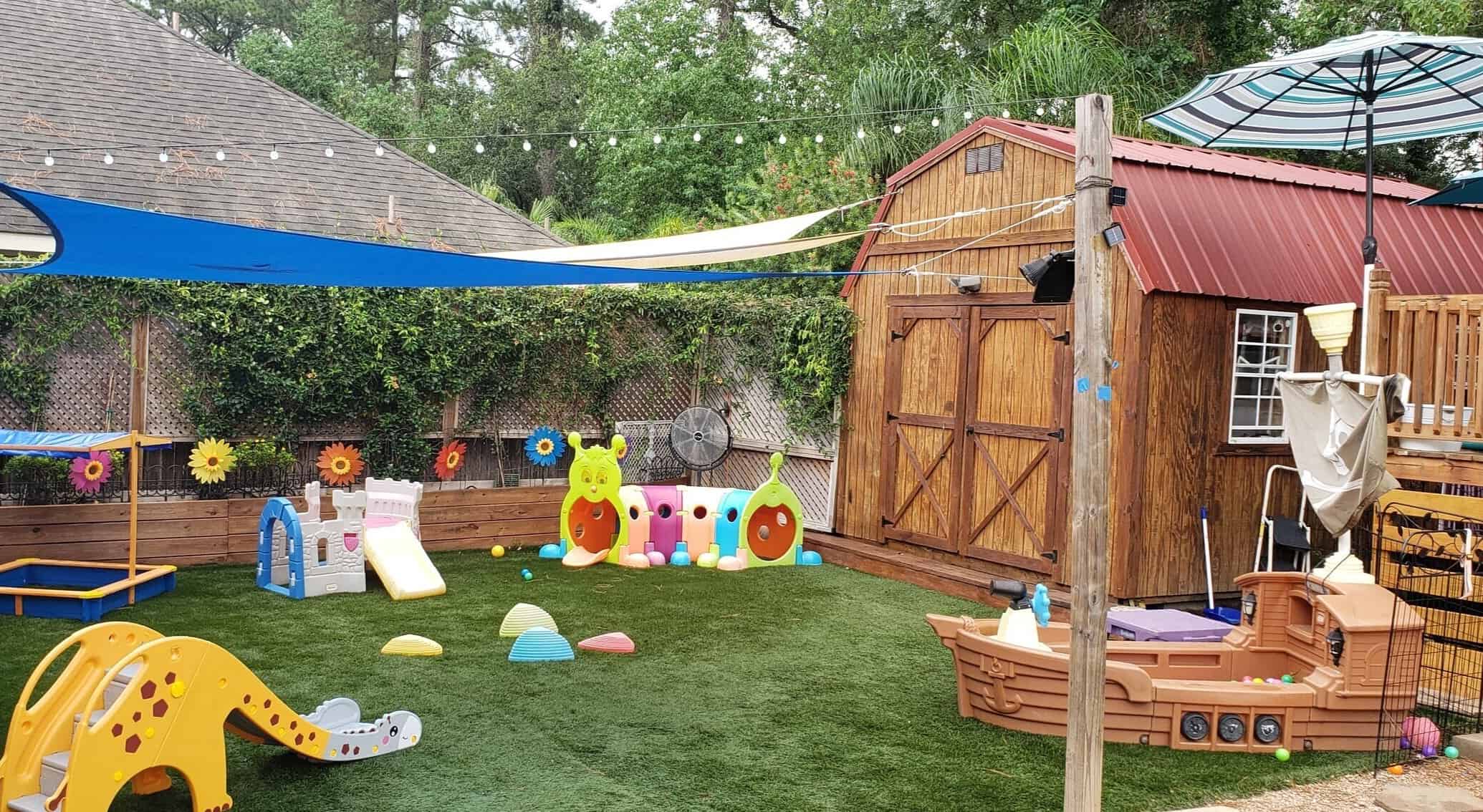
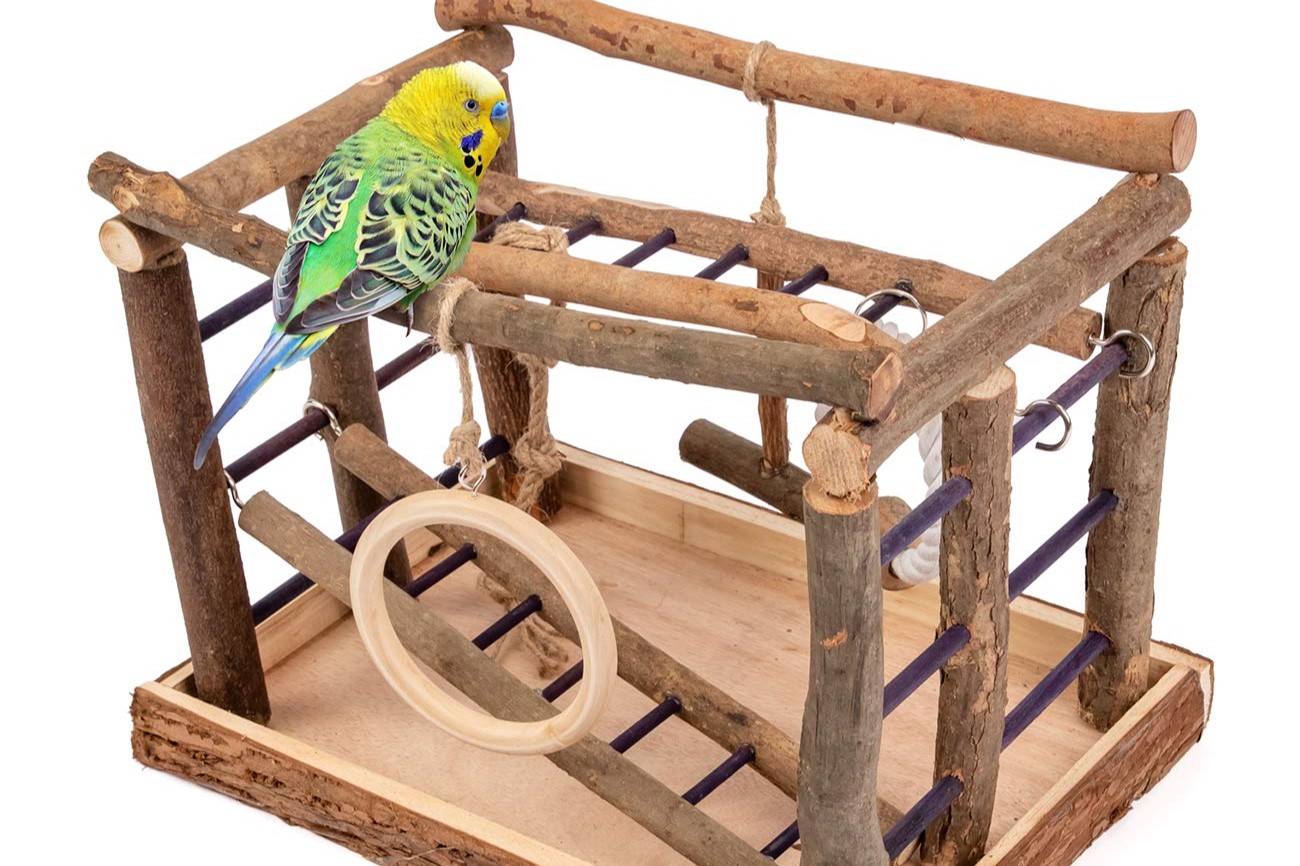
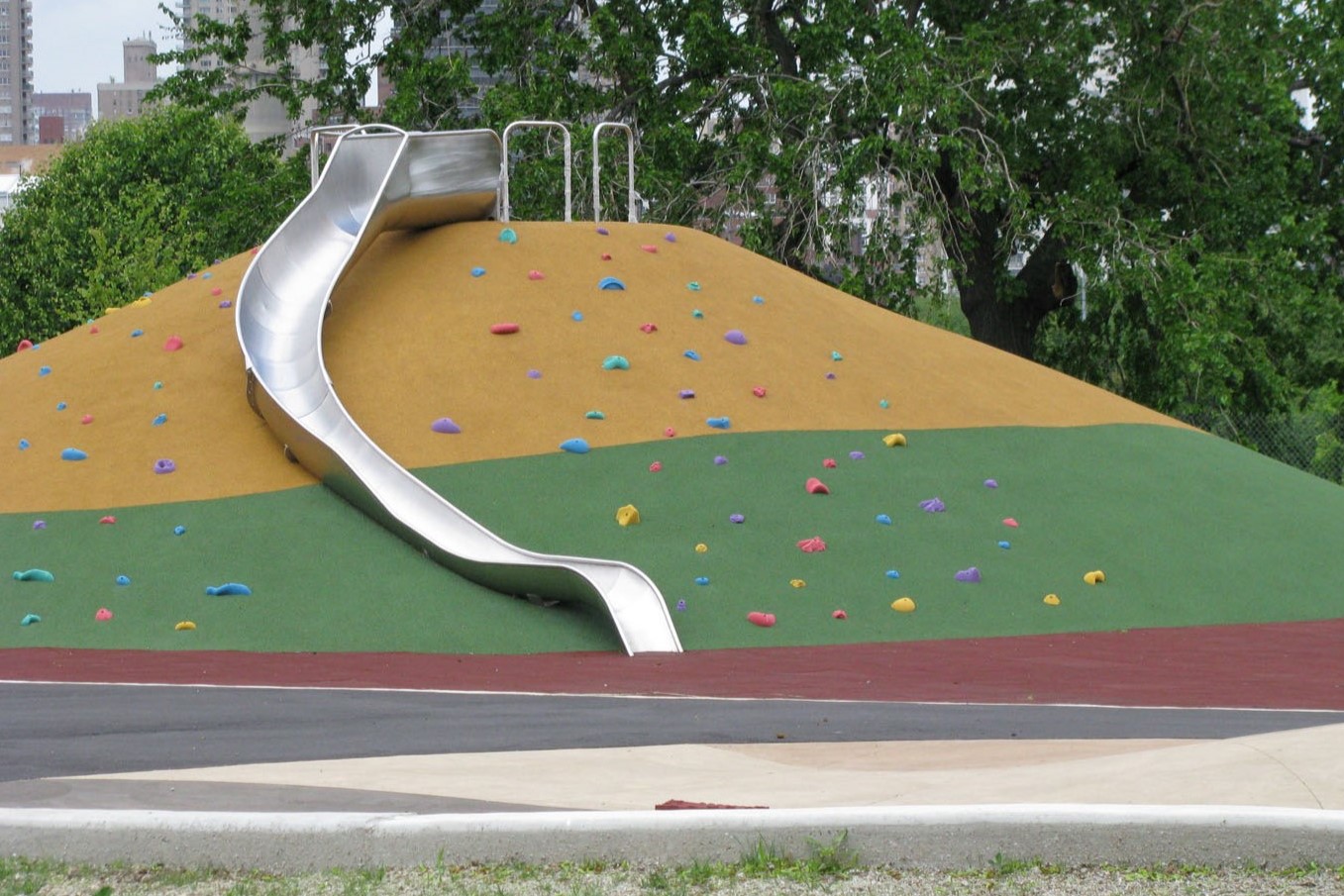
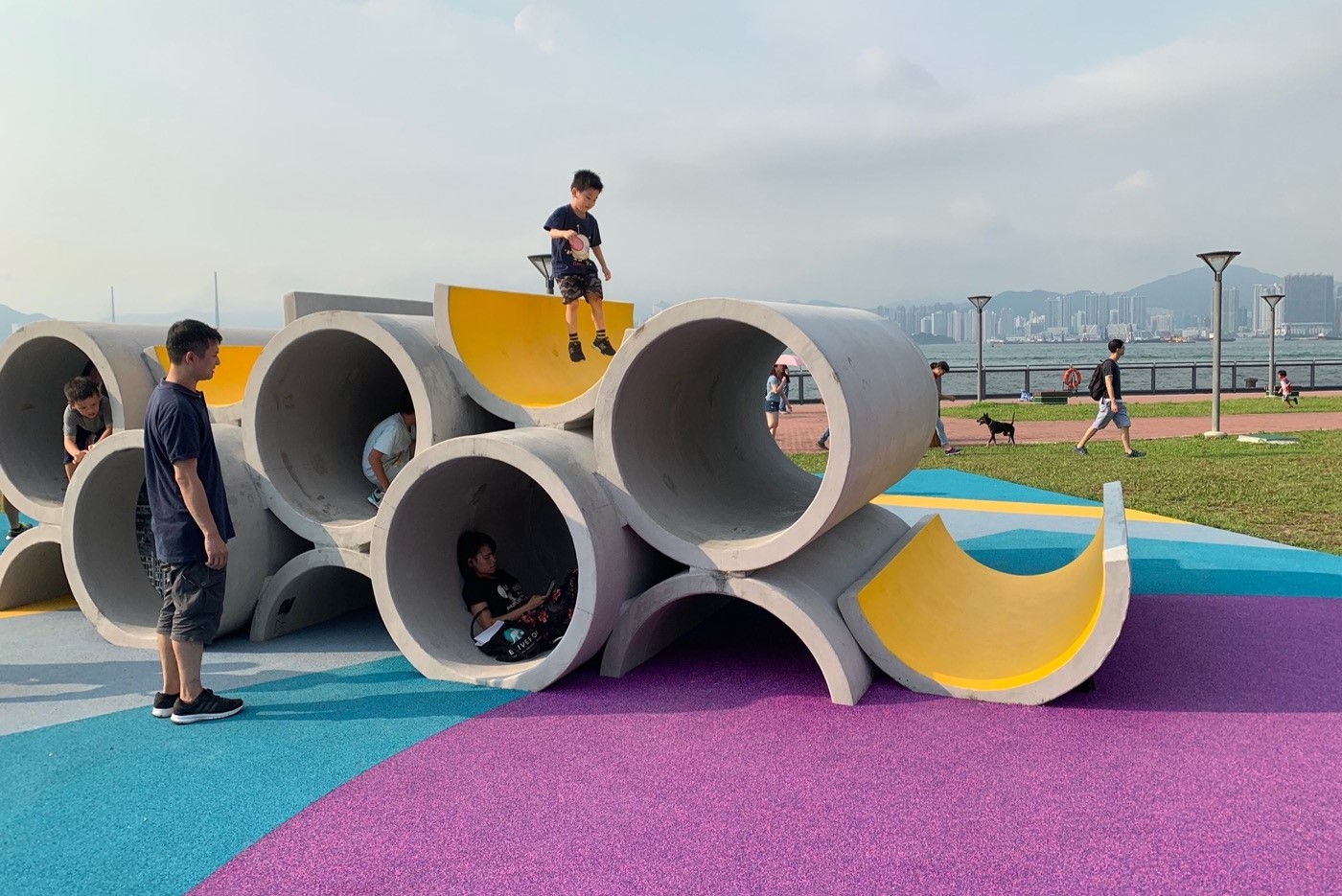
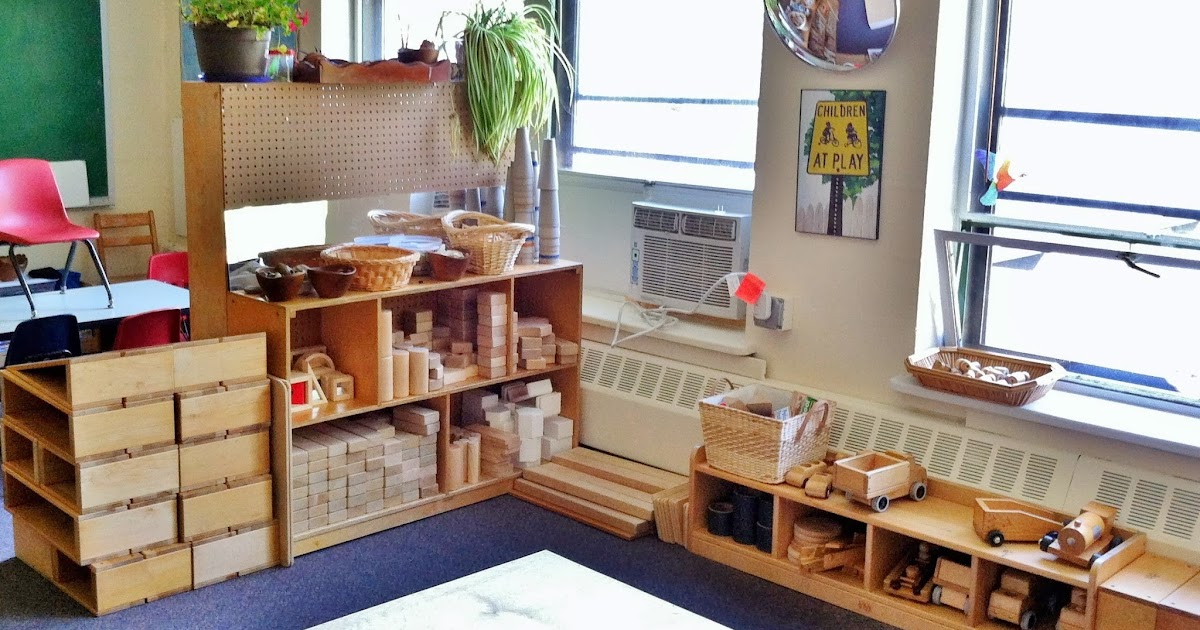
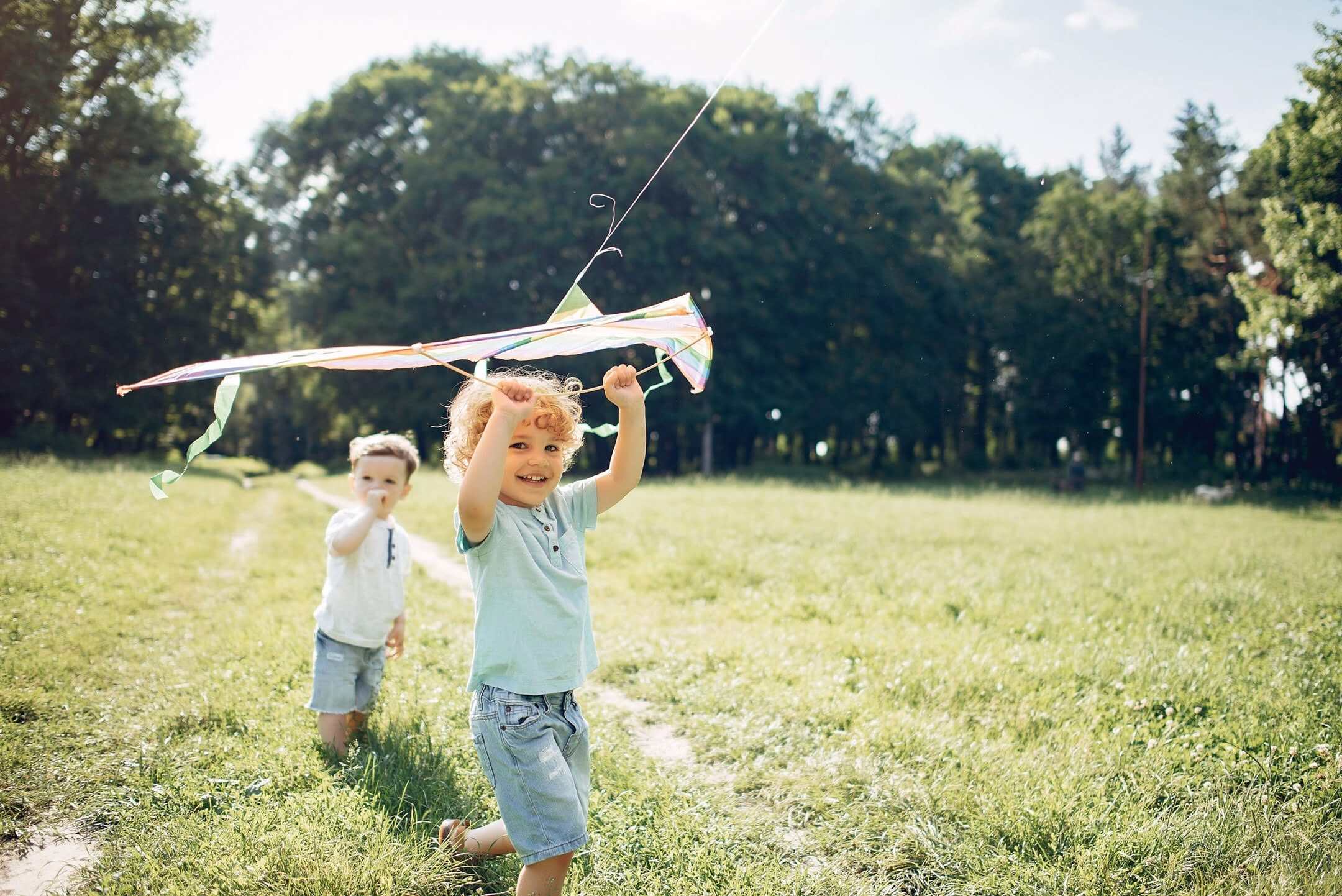

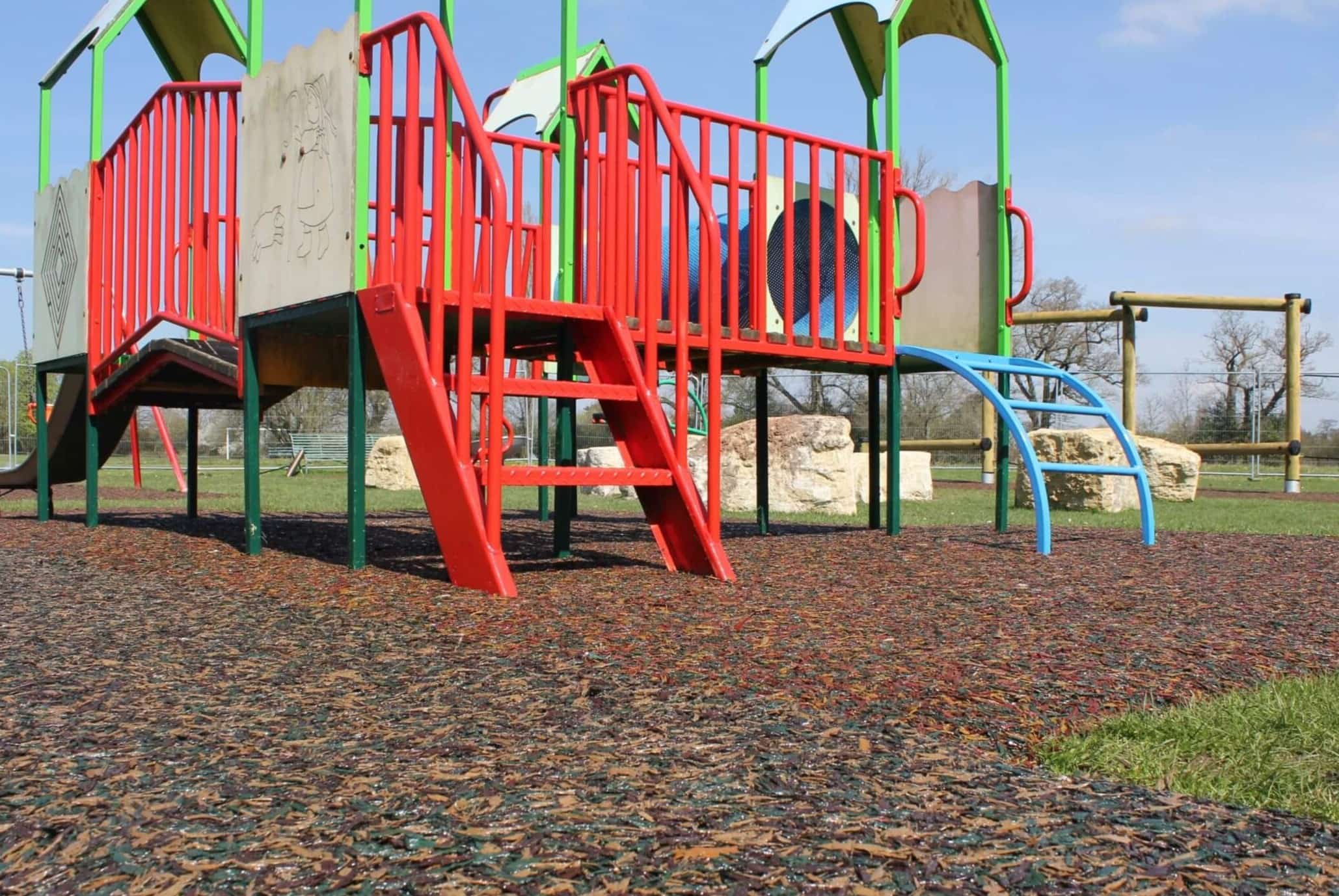
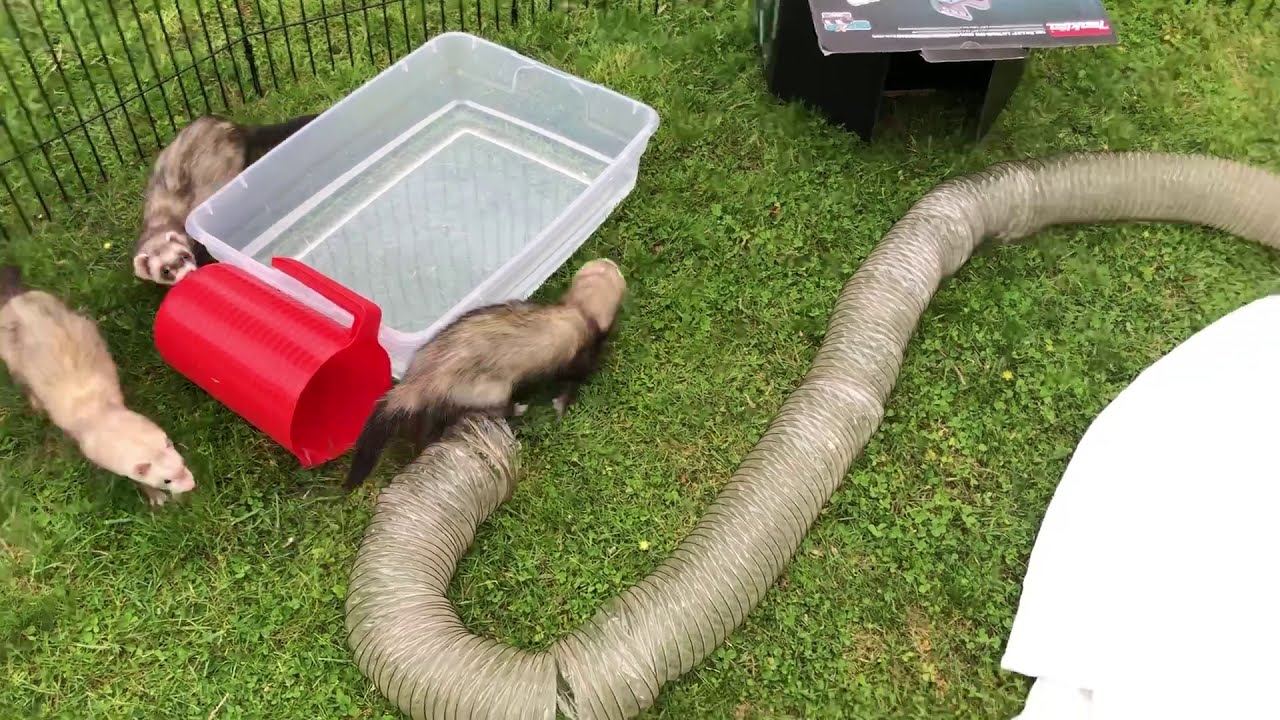
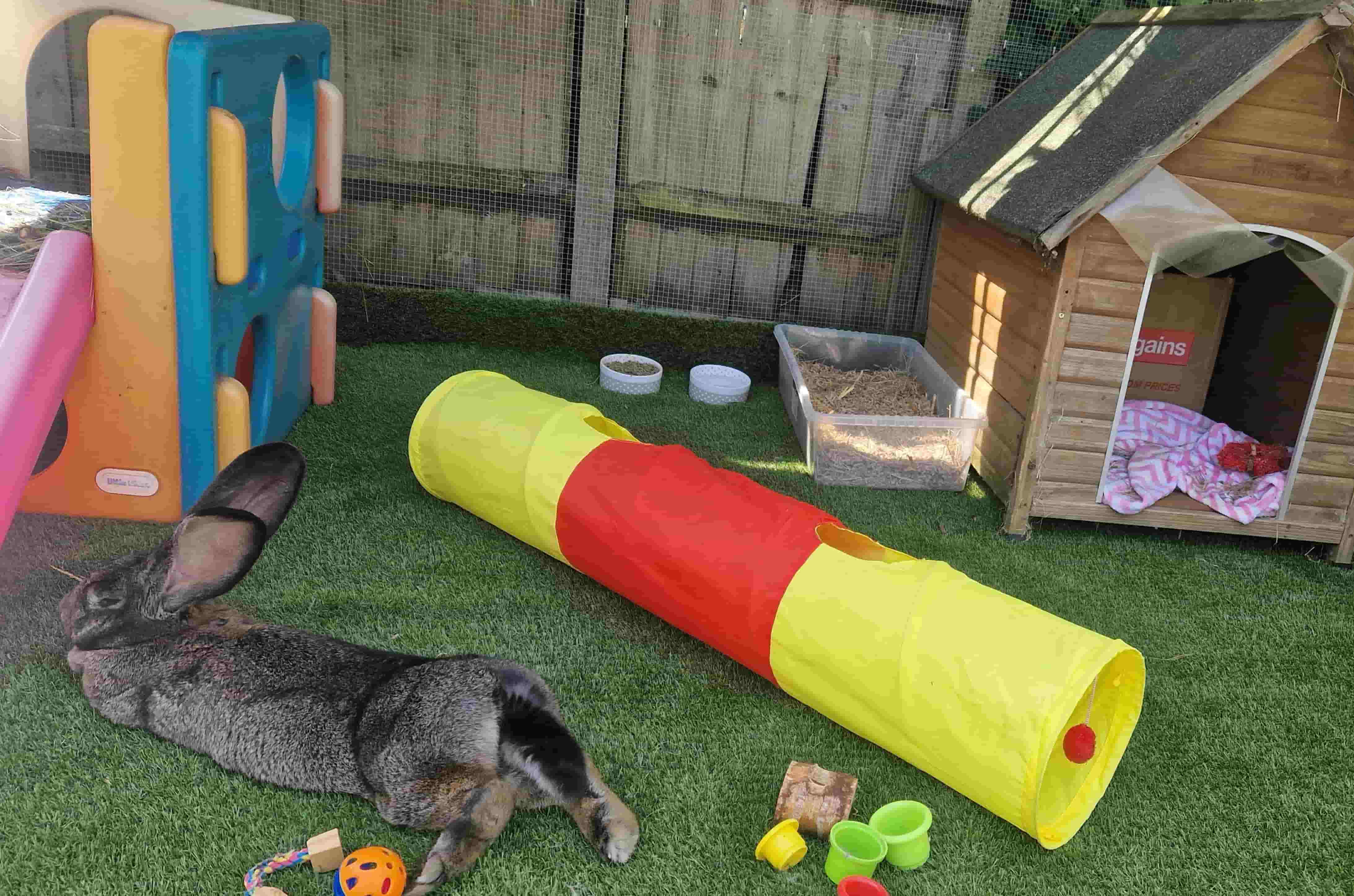
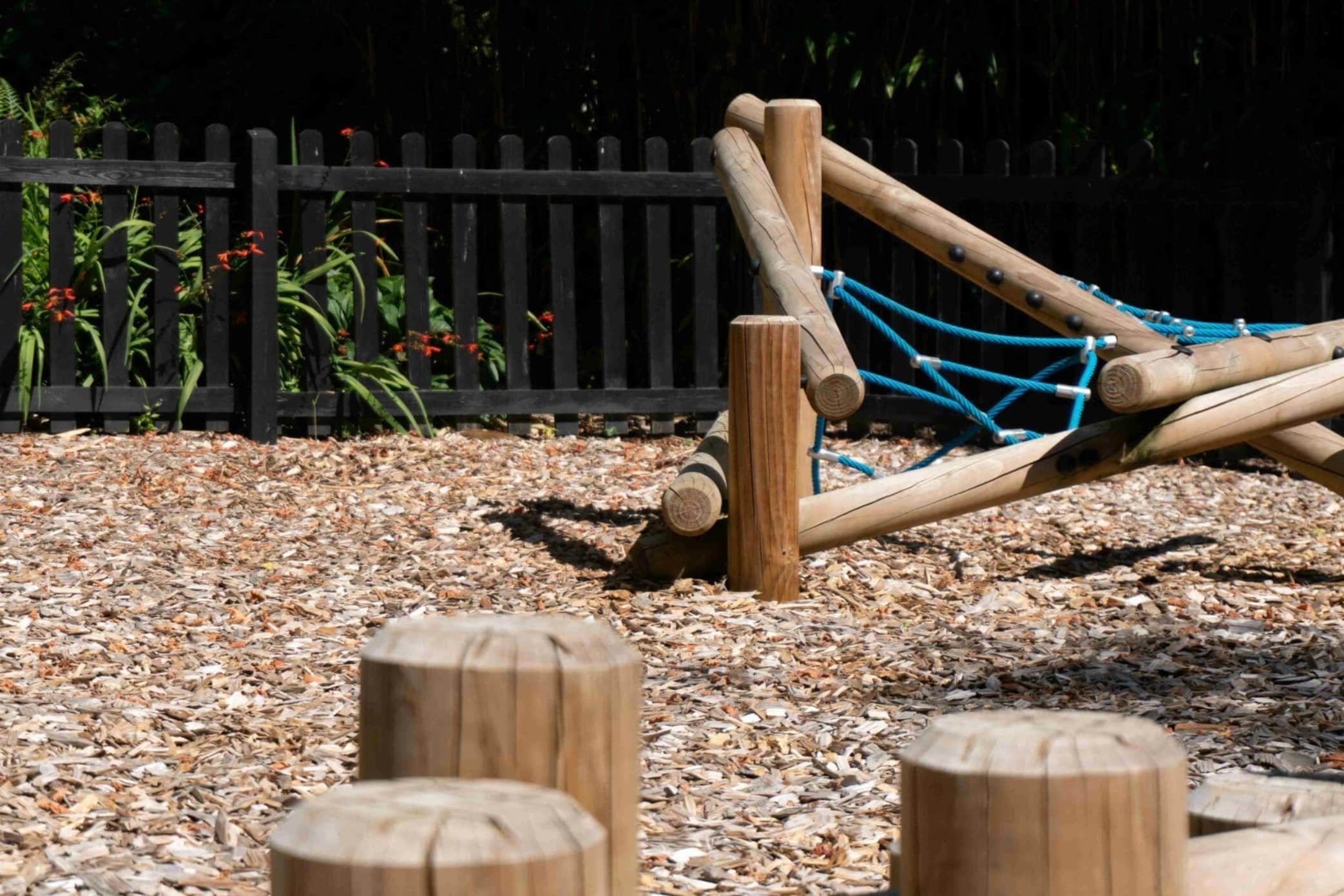
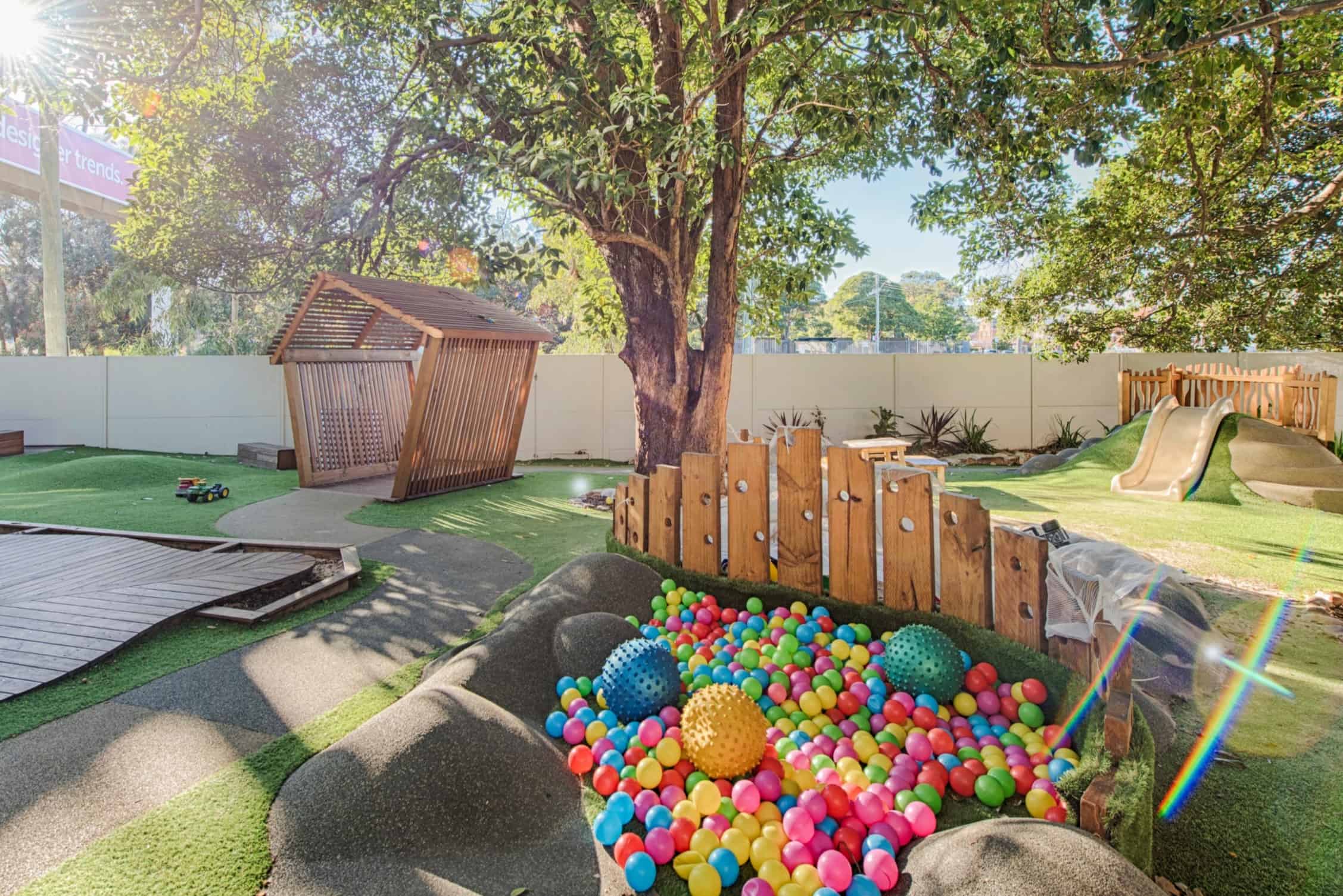
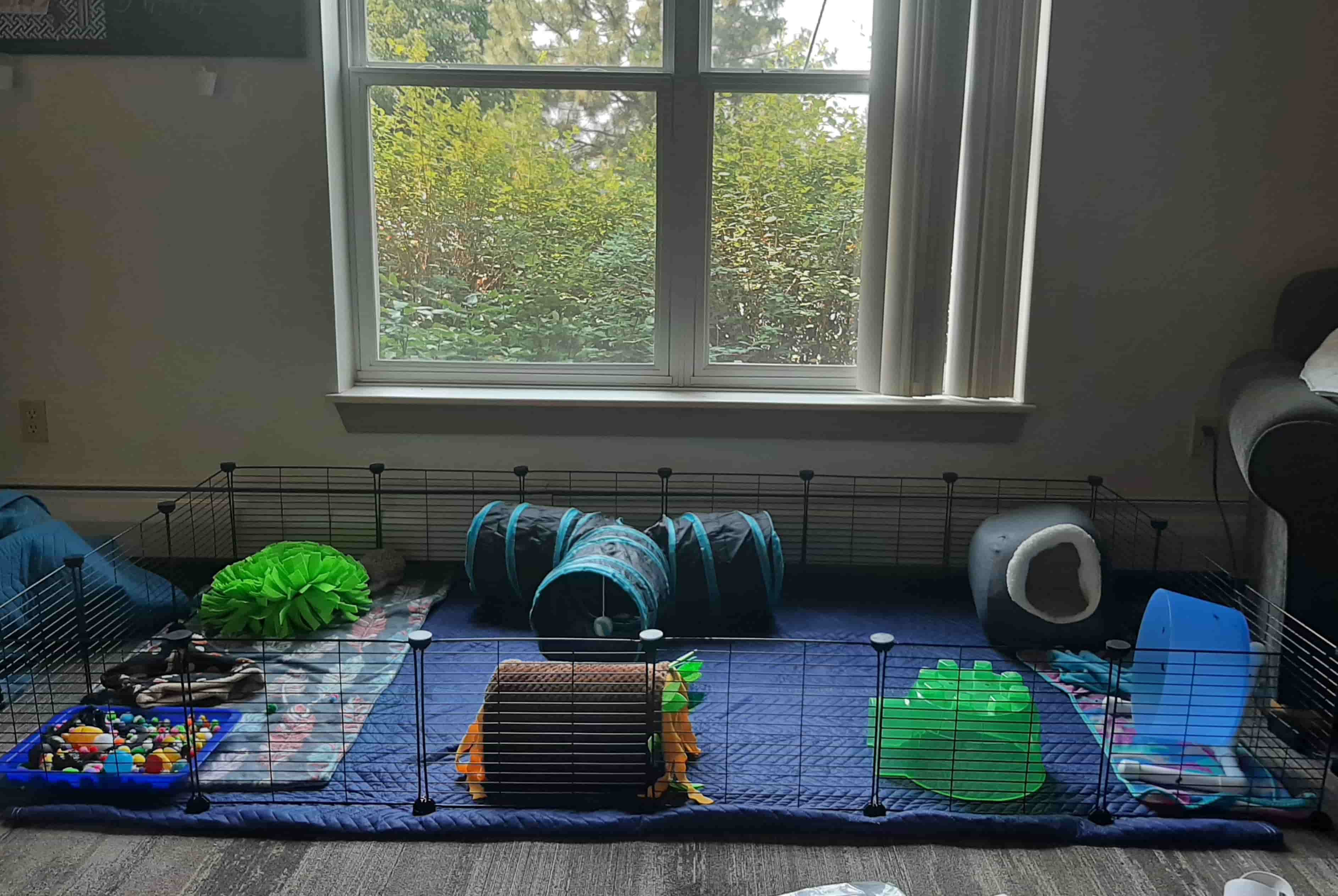

0 thoughts on “How To Set Up A Toddler Play Area”